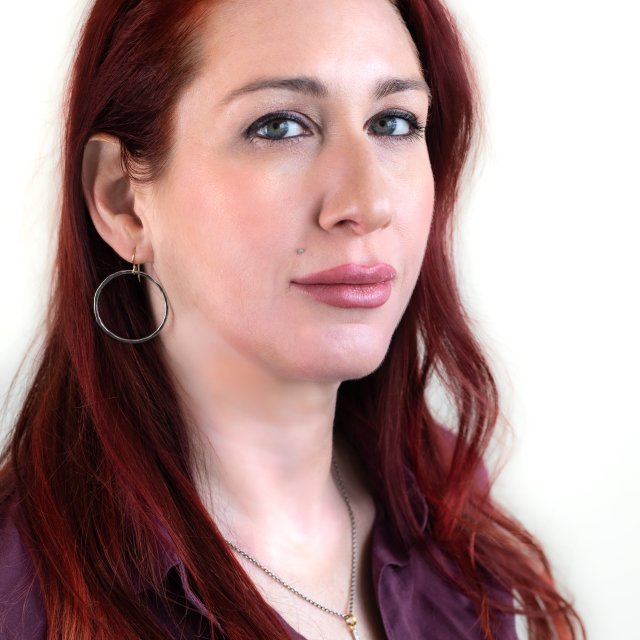The Latest Foodie Trend Is Small-Batch Milk for $14 a Gallon

Maybe it was inevitable: The small-batch, locally-made foodie trend that’s swept through everything from beer to chocolate to poultry is now reaching a new frontier: the humble milk jug.
The low wholesale price of milk has left many mom-and-mom dairy farms struggling, and millennial entrepreneurs with an interest in organic and local food are setting their sights on boutique, high-end dairies as a lucrative niche in a tough market.
At smaller dairies, milk is pasteurized at a lower temperature, which proponents say make for a better-tasting, more nutritious glass of milk. Some purveyors, like 35-year-old Travis Pyykkonen in Chicago, further distinguish themselves by selling milk from cows that nosh on grass instead of grain, the New York Times said.
But this artisanal milk doesn't come cheap. Pyykkonen, who drew a parallel with his operation and the burgeoning craft beer trend, charges $7 for a half-gallon.
That may sound outrageous, but it might just save small dairy farmers. At Trinity Valley farm in upstate New York, 26-year-old owner Branden Brown said the decision to capitalize on the local-food craze and invest in facilities to bottle and sell his farm's own milk directly rather than just selling to wholesalers has sustained the business. "Farmers have three options: You get a niche and process your own milk, you get bigger, or you get out of dairy farming,” he told the Times.

